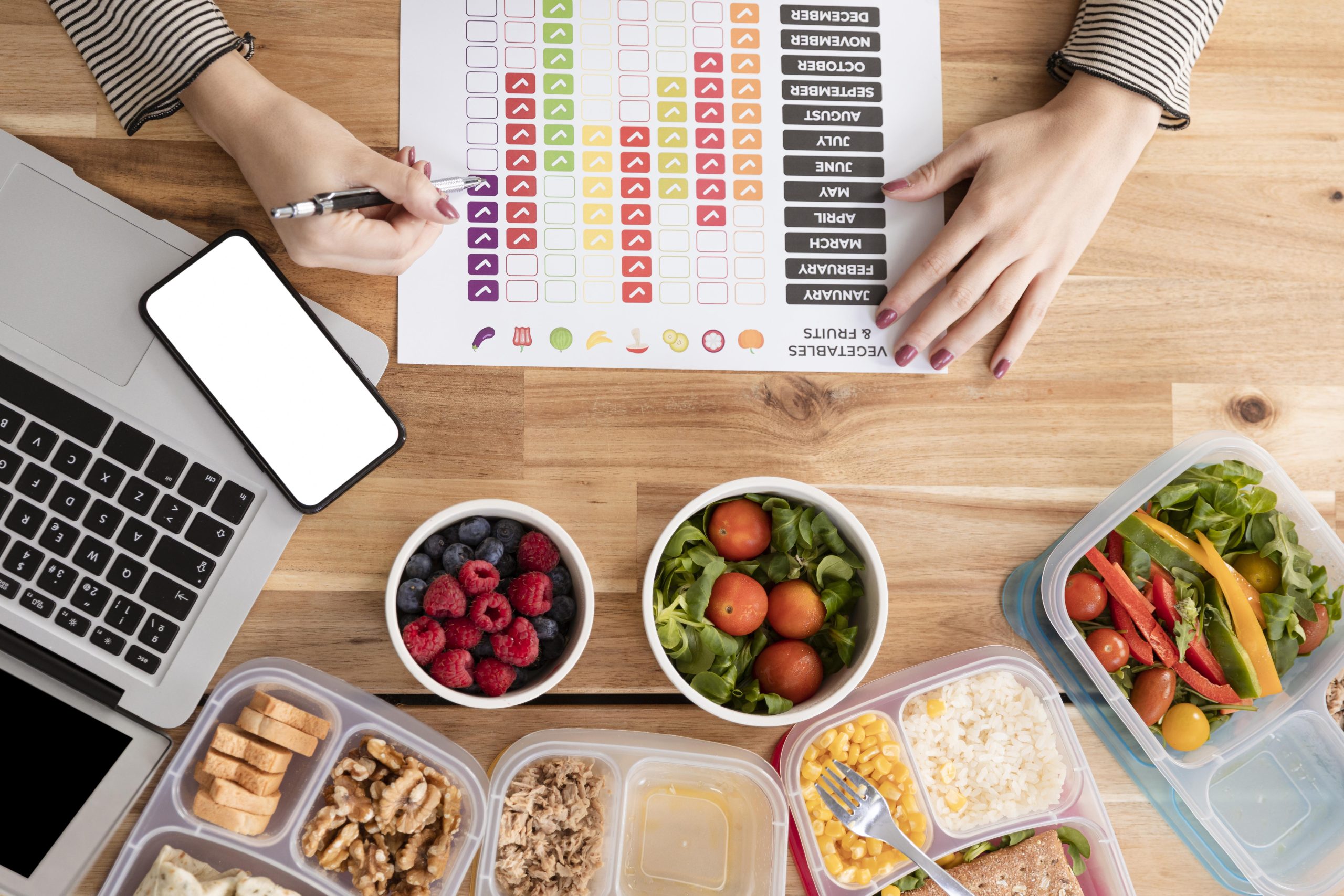
If you’ve had kidney stones, especially calcium oxalate stones, your doctor may have recommended a low oxalate diet. That’s because oxalates, found in many common foods, can bind with calcium in the urine and form painful kidney stones.
The good news? You don’t have to give up flavor or variety to protect your kidneys. With a little planning, you can enjoy delicious meals that support your health. Here’s a simple 3-day low oxalate meal plan to help you get started.
Why Go Low Oxalate?
Oxalates are found in healthy foods like spinach, almonds, beets, and dark chocolate—but too much can contribute to kidney stone formation. A low oxalate diet helps reduce your body’s oxalate load and lowers the chance of calcium oxalate crystal buildup.
For best results, pair your diet with a kidney stone supplement like Kidney C.O.P.®, which contains ingredients that actively inhibit calcium oxalate crystal growth.
Check out our full Oxalate Food Chart for more tips on what to eat and avoid. You can even find The Ultimate Low Oxalate Diet Cookbook 300 pages, spiral bound and having all types of recipes al low in oxalates, sugar and salt by visiting Kidneycop.com.
3-Day Low Oxalate Meal Plan
Here’s a simple guide that’s low in oxalates, high in nutrients, and easy to follow:
Day 1
- Breakfast: Scrambled egg whites with sautéed bell peppers, whole wheat toast, and herbal tea
- Lunch: Grilled chicken salad with romaine, cucumber, carrots, olive oil & lemon dressing
- Snack: Apple slices with cream cheese
- Dinner: Baked salmon with steamed cauliflower and white rice
Day 2
- Breakfast: Oatmeal with blueberries and a splash of milk
- Lunch: Turkey wrap with lettuce, alfalfa sprouts, and mustard on a low-oxalate tortilla
- Snack: Pear and a boiled egg
- Dinner: Lean pork chop with green beans and quinoa
Day 3
- Breakfast: Cottage cheese with sliced peaches and water with lemon
- Lunch: Chicken noodle soup with a side salad (romaine, carrots, radish)
- Snack: Banana with sunflower seed butter
- Dinner: Grilled tilapia with white rice and sautéed zucchini
Tips for Staying on Track
- Drink plenty of water – Aim for a minimum of six 8oz glasses of water spread throughout the day to flush your kidneys daily.
- Pair calcium with oxalate – Don’t avoid calcium. Pair it with oxalate foods to prevent absorption of oxalates to the intestines and ultimately to the kidneys..
- Avoid oxalate-rich foods – Steer clear of spinach, beets, almonds, sweet potatoes, and rhubarb.Try to stay below 100mg of oxalate consumption a day but if already have experience with stones try to stay below 50mg of oxalate consumption a day.
- Stick with it – Dietary consistency helps prevent new stones from forming.
Boost Your Diet with Supplement Support
While diet is a crucial step, pairing it with a trusted supplement like Kidney C.O.P.® offers greater protection. It works by:
- Inhibiting calcium oxalate crystal formation
- Supporting urine pH balance
- Reducing recurrence risk*
Final Takeaway
Meal planning with low oxalate foods doesn’t have to be hard. With the right foods and a smart supplement strategy you can take control of your kidney health every day.
Whether you’re just starting or looking for a more structured approach, this 3-day plan is a great way to reset your routine and start strong.
